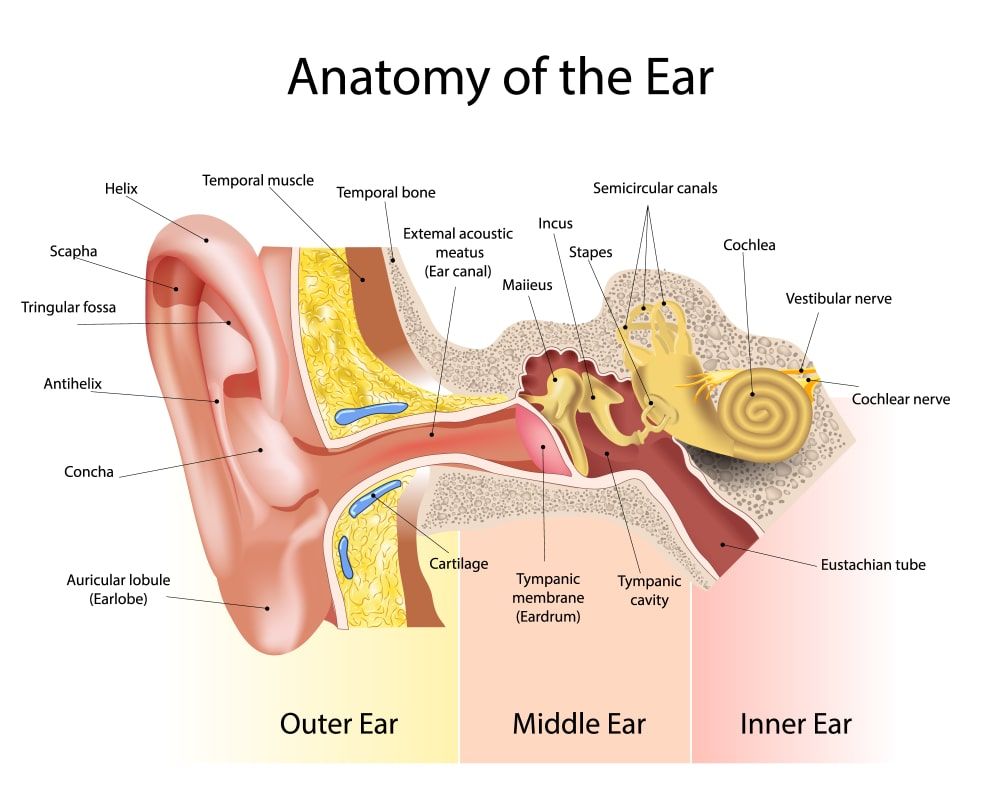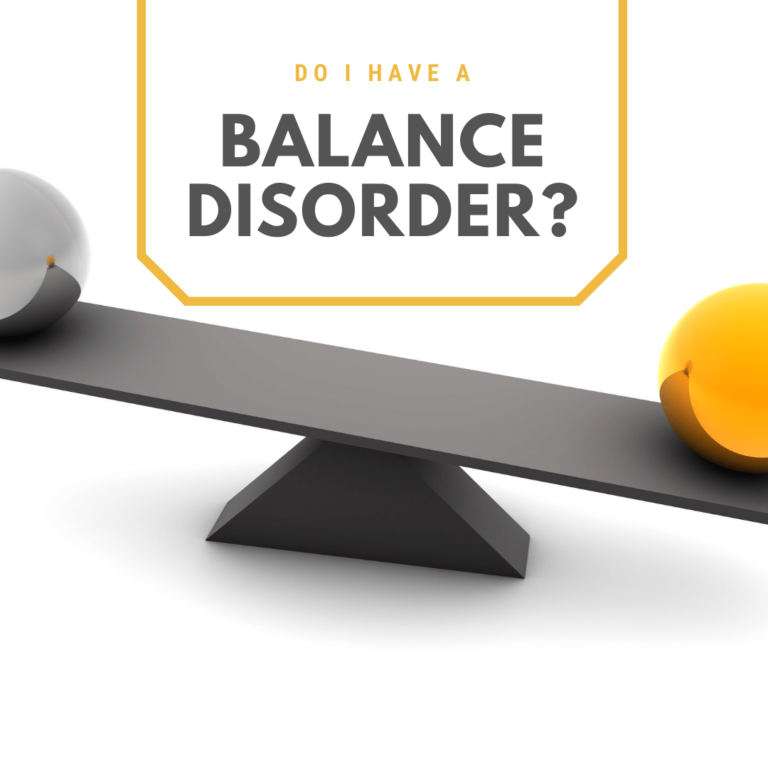Do you often feel dizzy or lightheaded? Do the walls seem to be spinning around you? If so, you may be suffering from a balance disorder. A balance disorder is a problem with the way your body senses movement and position. This can lead to feelings of dizziness, vertigo, and lightheadedness. There are several different types of balance disorders, each with its own set of symptoms. In this blog post, we will discuss the different types of balance disorders, how to know if you could have one, and how they are diagnosed and treated by a neurologist.
What are balance disorders?
Balance disorders are a collection of conditions that affect the way your body senses movement and position. This can lead to feelings of dizziness, vertigo, and lightheadedness. Balance disorders can be caused by problems with any of the three systems that help your body maintain balance:
- The vestibular system, which is responsible for sensing movement and changes in head position
- The visual system, which helps you keep your balance by providing visual cues about movement and position
- The proprioceptive system, which uses information from your muscles and joints to sense movement and position
There are several different types of balance disorders, each with its own set of symptoms. These include:
Benign Paroxysmal Positional Vertigo (BPPV)
The most common type of balance disorder is called Benign Paroxysmal Positional Vertigo (BPPV). BPPV occurs when small pieces of calcium break loose and float in the fluid-filled canals of your inner ear. These calcium particles cause false signals to be sent to your brain, which makes you feel like you are spinning or moving when you are not.
Symptoms of BPPV typically last less than one minute and generally go away on their own. However, the symptoms can recur with future head movements. The symptoms of BPPV can be triggered by certain head movements, such as:
- Rolling over in bed
- Getting up from a lying or sitting position
- Bending over
- Looking up or down
Labyrinthitis

Labyrinthitis is an inner ear disorder that results from inflammation of the labyrinth, a structure in your inner ear that helps you maintain balance. Labyrinthitis can be caused by a viral infection, such as the common cold or flu, or by bacteria.
Labyrinthitis symptoms typically lasts for a few days to a week, and can cause dizziness or loss of balance.
Meniere’s Disease
Meniere’s disease is a disorder of the inner ear that can cause vertigo, hearing loss, and tinnitus. Meniere’s disease is thought to be caused by an abnormal buildup of fluid in the inner ear. This excess fluid can damage the structures of the inner ear, leading to symptoms. Meniere’s disease typically affects only one ear. The symptoms can come and go, or they can occur regularly.
Vestibular Neuronitis
Vestibular neuronitis is an inner ear disorder that results from inflammation of the vestibular nerve, which helps you maintain balance. Vestibular neuronitis is typically caused by a viral infection, such as the common cold or flu. The symptoms of vestibular neuronitis typically last for a few days to a week. Vertigo is the most common symptom.
Perilymph Fistula
A perilymph fistula is an abnormal opening between the middle ear and the inner ear. This opening can allow fluid from the inner ear to enter the middle ear, which can disrupt balance, as well as cause dizziness and nausea. The symptoms of a perilymph fistula can be caused by head injuries, dramatic pressure changes, physical exertion, or chronic ear infections.
Mal de Debarquement Syndrome (MdDS)
Mal de debarquement syndrome (MdDS) is a condition that causes a feeling of unsteadiness or rocking, even when you are not moving. MdDS is thought to be caused by a disconnect between the vestibular system and the brain. The condition is often triggered by travel on a boat, plane, or train. The symptoms of MdDS typically last for a few hours to a few weeks after sea travel. In rare cases, however, the symptoms may persist for months or even years with no known cause.
Do I have a balance disorder?
There are several symptoms that can indicate a balance disorder, such as:

- Dizziness
- Vertigo
- Loss of balance
- Unsteadiness
- Ringing in the ears (tinnitus)
- Feeling of fullness in the ears
- Nausea or vomiting
If you are experiencing any of the symptoms listed above, you may have a balance disorder. Balance disorders can be caused by a variety of different things, so it is important to see a doctor if you are experiencing any of the symptoms. A doctor will be able to help you determine what is causing your symptoms and how to best treat the condition
Balance disorders can be diagnosed by a neurologist. The diagnosis is typically based on the symptoms and a physical examination. In some cases, additional tests may be ordered to rule out other conditions. These tests may include:
- MRI scan of the head
- CT scan of the head
- Vestibular function tests
Your treatment plan will depend on the type and severity of your diagnosis. For example, BPPV can typically be treated using the Epley Maneuver. The Epley maneuver is a series of head and body positions that can help to dislodge the calcium crystals that are causing your symptoms. In some cases, balance conditions can also be treated with lifestyle changes and medications to decrease symptoms. This is often the case with Meniere’s disease.
In Conclusion
In this blog post, we have discussed balance disorders. We have explained what a balance disorder is and listed some of the different types of balance disorders. We have also described the symptoms associated with balance disorders and how to tell which disorder is causing your symptoms. Finally, we have explained how balance disorders are diagnosed and treated by a neurologist. If you think you may have a balance disorder, see a neurologist. With proper diagnosis and treatment, most people with balance disorders can improve their symptoms and live normal, active lives.

Dr. Kashouty, a diplomate of the American Board of Psychiatry and Neurology (ABPN), practices general neurology with fellowship trained specialization in clinical neurophysiology. Dr. Kashouty finds the form and function of the nerves and muscles the most interesting part of neurology, which is what led him to specialize in neurophysiology with more emphasis on neuromuscular conditions. He treats all neurological diseases, but his main focus is to treat and manage headaches, movement disorders and neuromuscular diseases.




